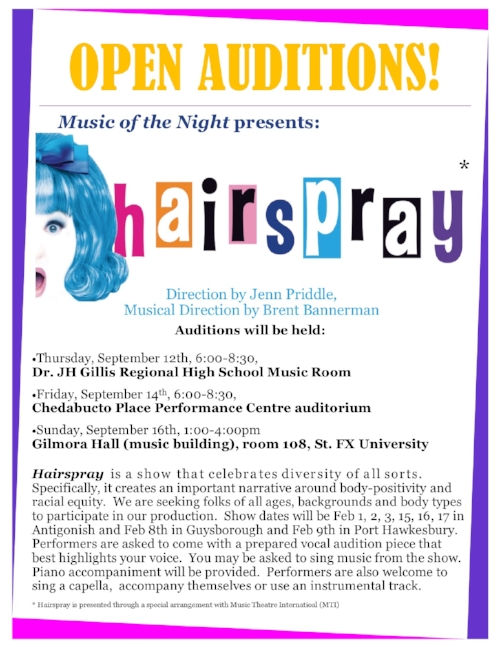“It is easier to imagine the end of the world than the end of capitalism”
At first blush The Blues Brothers (1980), is a riotous, fun film about two brothers with a concern regarding their dress that could even give the Mods or the Greaser’s of the 50s a run for their money.
Dressed in matching black suits, ties, hats, and glasses, they increasingly appear as two troublemakers with hearts of gold out to pay off the property taxes due to the city by an orphanage run by nuns. Despite their run-ins with the law they care for each other, and for their those around them. In essence, it’s a movie about the bonds of brotherhood and friendship.
However, a closer viewing of The Blues Brothers reveals a much more important message, an anti-capitalist message. The Blues Brothers are not just a happy-go-lucky pair out on a hedonistic jaunt, with a devil-may-care attitude towards the law and those that get in their way. They are on an adventure; a direct assault on the burgeoning heart of modern capitalism, as it was beginning to take off in the late 70s and early 80s, a foreshadowing of the coming age of corporate raiders, the financializing of the modern economy, and the complete destruction of the communities that sustained and supported the downtrodden and oppressed in society.
Let us take a brief journey through the events of The Blues Brothers that express the will of people in the face of destructive capitalism.
In the works of Karl Marx, there is an often-misquoted line about religion, which, in full, reads, “Religion is the sigh of the oppressed creature, the heart of a heartless world, and the soul of soulless conditions. It is the opium of the people.”
For Marx, despite what was implemented and understood after his death, religion was the panacea that allowed the countless masses, oppressed by the forces of Industrial Capital, to experience reprieve and relief. Flawed as it may be, it was one of very few remaining forces that gave the proletariat hope. It in this context that we may understand the impetus of the divine mission felt by Jake and Elwood Blues.
Themselves raised in the Catholic orphanage, they understood that the orphanage, flawed and violent as they experienced it, was the only remaining barrier between food, shelter, education and extreme poverty in the form of homelessness. The religious institution is the pain-relief that so many poor and indigent children rely on in the film and in the increasing urbanization of America in the aftermath of industrialization.
In this time period, American cities were hollowed out of wealth, infrastructure, investment, and communities due to varying degrees of racist and classist policies, that banks and corporate predators would be all-too happy to exploit in the coming years, as pressure on cities to maintain solvency would cause them to cut off important charitable networks of public money; much in the same way that the International Monetary Fund would famously (and repeatedly), despite dire warning, demand that poorer, debt-stricken nations end progressive social safety networks in their nations before receiving aid.
While certainly true that religious exceptionalism has done terrible deeds to the children and people of America and rightfully deserve to be taken to task for their awful deeds, from San Francisco to the nightmare orphanages Ireland and beyond. It should not go without notice, that many thousands of nuns, women, no less in an institution of rapacious men, and some priests, saw the horror of capitalist predation on society and were moved to protect some vulnerable people from it as best they could, in this vein we have Jake and Elwood on their divine mission to protect the children and orphanage from homelessness.
Jake and Elwood, not content with aiding the mission of the poor and indigent in the form of religious pain-relief, also take on the state throughout the film. Diverging from Marx in his critique of capitalism, Mikhail Bakunin famously warned of the dangerous powers of the state and in this vein, The Blues Brothers do all they can to inhibit the actions of the state against their own divine mission.
Throughout the film the brothers are shown to have extreme disregard for the state, insofar as one must exist within the state (as one exists within capitalism) and they are duty bound to pay off the property tax bill of the nuns. Elwood is on the run from the police as he has a number of parking tickets and moving violations made against him and his vehicle, 172 in fact. While these petty fines and notices may amount to little more than a few dollars, their existence is a form of vagrancy law, a tax or fine, on the poor.
The police in the film, like in life, are often seen to have nothing better to do than to chase breakers of petty rules and drivers from neighborhood to neighborhood, enforcing the laws of the state regardless of their usefulness or the cost to the public. This is exemplified in a number of scenes where the police chase Jake and Elwood through a downtown scene, causing extensive damage, and later when the two show up to the city hall to pay the bill the whole square is filled with police and military forces, perhaps foreshadowing the nature of current militarization of police, over a number of parking and traffic tickets. It should also be noted that the two of them are not chased only by the police, but by a group of Nazis out for revenge for driving them off a bridge in an earlier scene and that the chase by the Nazis is little different than the chase being made by the police; mirroring each other in the same way that the farm animals could no longer distinguish pig oppressor from human oppressor.
Lastly, the initial police chase takes place inside a mall. Driving wildly, through shop after shop, smashing display after display, the Brothers do not just evade and race away from the police but seem to take calm pleasure in causing absolute wanton destruction in the mall. In a sense, it is the revenge of the outside against the cold, impersonal consumer capitalism. The bright lights, sea of colours, and extreme abundance of the American mall stands in stark contrast to the beginning of the film, where the Brothers experience the dim, ragged existence of the poverty-stricken orphanage. The film draws the connection between the “haves” of society and their enforcers (the political elite, the store owners, police, and the state), and the “have-nots,” the poor, impoverish fringes of society that exist eternally on the edge of destitution if not for the tireless work of charitable causes, the few remediation’s against rapacious capitalism.
The Blues Brothers take full aim of the economic trends prevalent in the American economy and urban centres of America and relishes in their destruction. Even being the riotous, dream attack on American capitalism, the story, while ending in small victory, remains furiously tethered to reality. Our anti-capitalist heroes end up in jail after saving the fortunes of the orphanage and of the indigent children who rely on the charity of the nuns. The machine of modern capitalism continues despite their divine mission, and ever encroaches upon the life of the public. As true as ever, as the old saying goes, “It is easier to imagine the end of world than the end of capitalism.”























